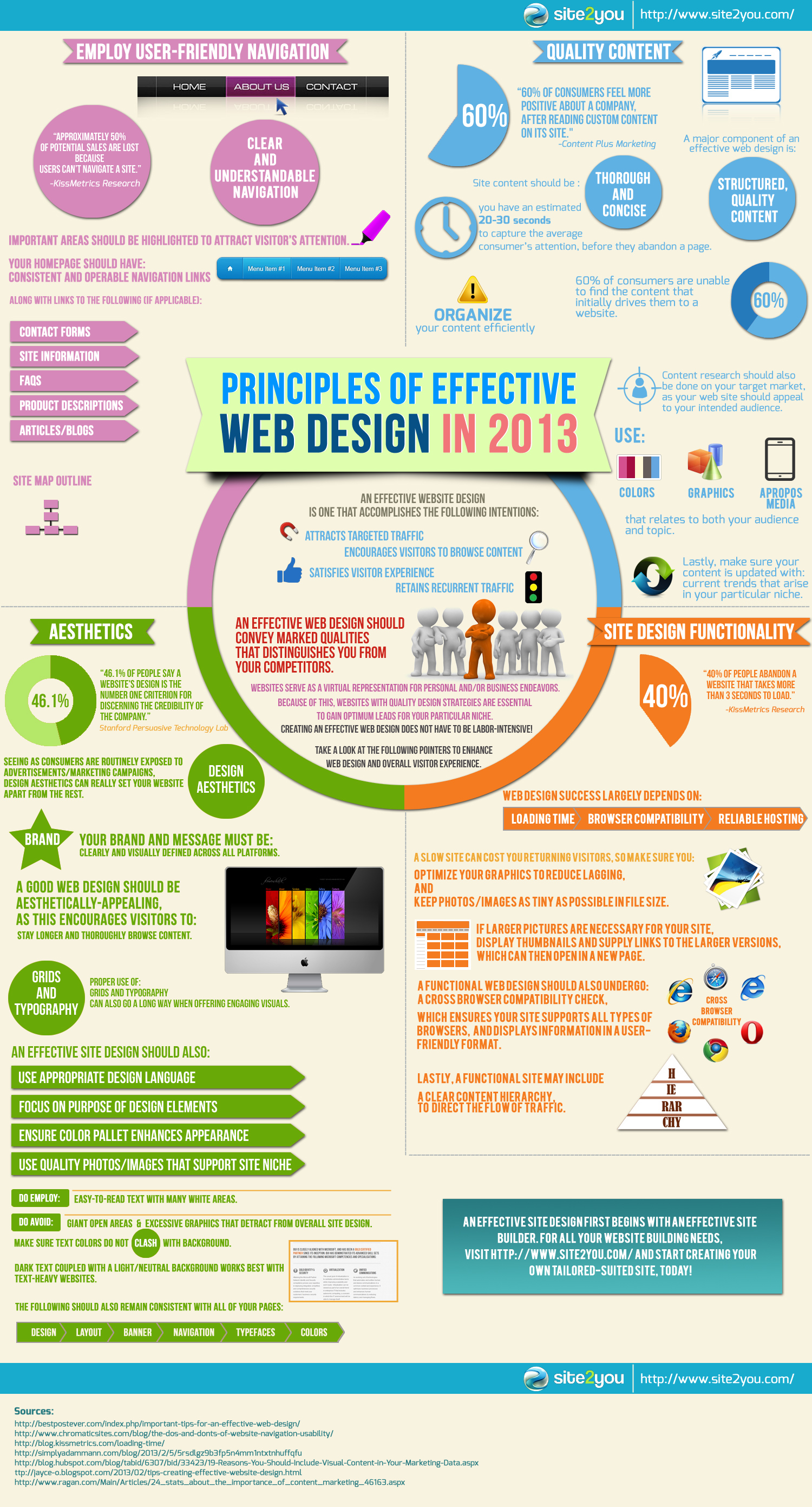Basic Aspects Of Website Design: Standards For Developing A User-Centric Website
Basic Aspects Of Website Design: Standards For Developing A User-Centric Website
Blog Article
Writer-Scarborough Skinner
When it concerns site layout, guaranteeing user-friendliness is vital. From receptive design to structured navigation, every aspect plays an essential duty in producing a site that deals with your audience's demands. But what regarding the finer information that can make or break a customer's surfing experience? Remain tuned as we uncover some often-overlooked ideas that can elevate your web site's usability to the next level, making it really attract attention in the digital landscape.
Relevance of Responsive Layout
Receptive style is a critical facet of contemporary internet site development. Ensuring your site is receptive methods that it can adjust to different screen dimensions and gadgets, offering a seamless experience for individuals.
With the boosting use smartphones and tablet computers to access the internet, having a responsive design is vital for getting to a larger target market. check this site out aids in improving customer experience by making your web site very easy to browse and continue reading any gadget.
Additionally, receptive style can favorably influence your internet search engine rankings, as internet search engine like Google focus on mobile-friendly sites. By having a responsive layout, you're also future-proofing your site, as new devices with varying screen sizes remain to arise.
Simplify Navigating Structure
To improve user experience and help with very easy access to information on your website, streamlining the navigation structure is vital. When designing your site, focus on creating a clear and intuitive navigation food selection that assists visitors locate what they're looking for swiftly.
Restriction the number of menu items to the basics, grouping related pages with each other to stay clear of frustrating customers. Usage detailed labels that clearly indicate the web content of each page, making it much easier for individuals to comprehend where each web link will certainly take them.
Think about implementing dropdown food selections for subcategories to stop jumbling the major navigation bar. Furthermore, consist of a search bar prominently on the page for individuals who like searching for specific information.
Focus on mobile responsiveness in your navigation design to guarantee easy access on all gadgets.
Enhance Page Tons Rate
Improving page tons speed is vital for keeping visitors on your site. Slow-loading pages irritate individuals and can bring about high bounce rates. To maximize web page lots rate, start by optimizing photos. Compress images without jeopardizing high quality to lower their file dimensions.
Furthermore, allow internet browser caching to save often accessed resources locally, speeding up tons times for returning visitors. Minify CSS, JavaScript, and HTML files by eliminating unneeded personalities, remarks, and format, improving load speed.
Think about making read article of a material distribution network (CDN) to disperse your site's web content across numerous web servers worldwide, minimizing latency for individuals accessing your site from different places. Finally, restrict making use of third-party manuscripts and plugins, as they can considerably affect load times.
Conclusion
Finally, by incorporating responsive design, streamlining navigating, and enhancing page lots rate, you can develop an easy to use web site that appeals to a larger target market and boosts customer experience. These essential elements guarantee that site visitors can quickly access and navigate your website across different tools, bring about enhanced interaction and satisfaction. By focusing on these crucial facets, you can build a successful internet site that keeps customers returning for more.
